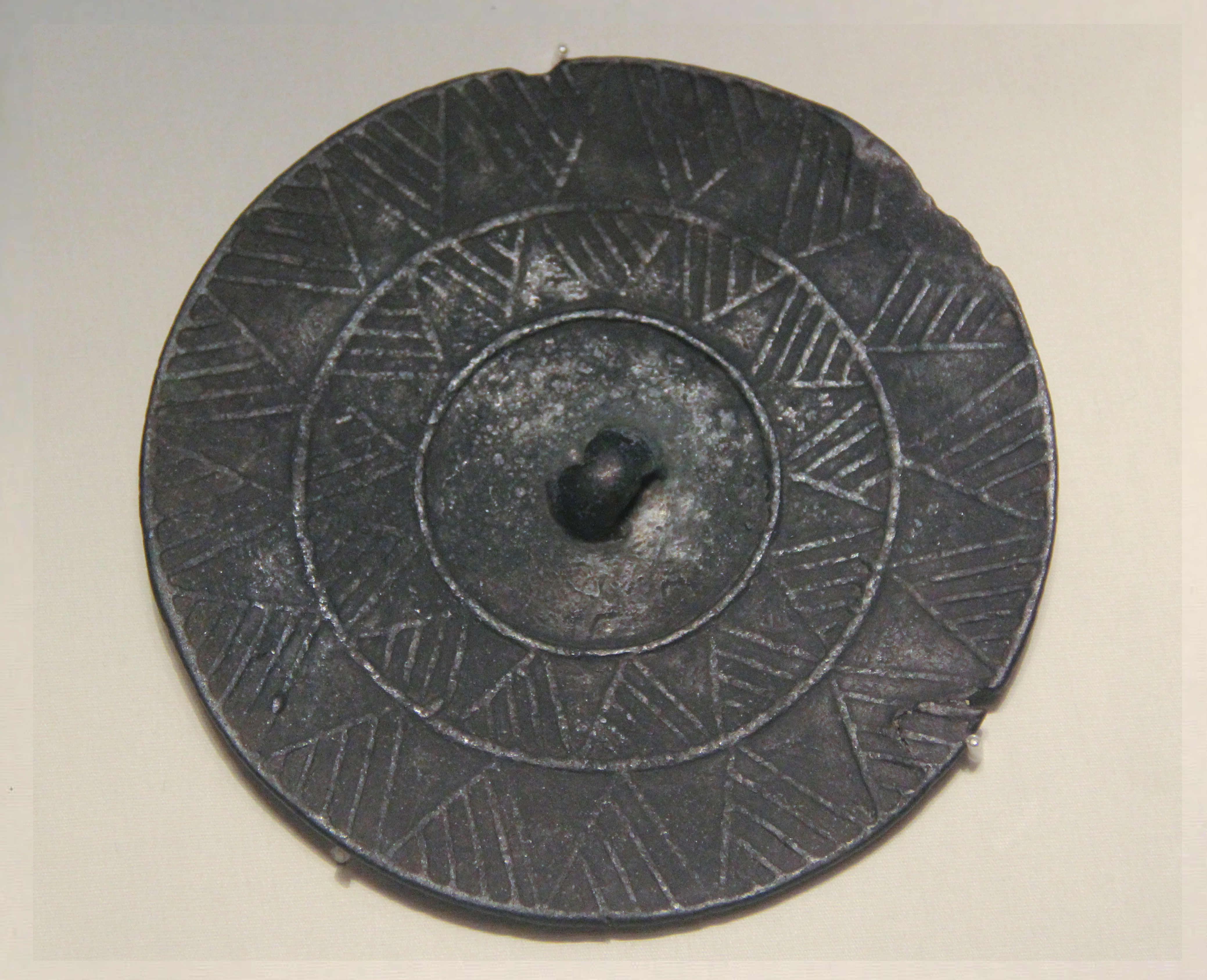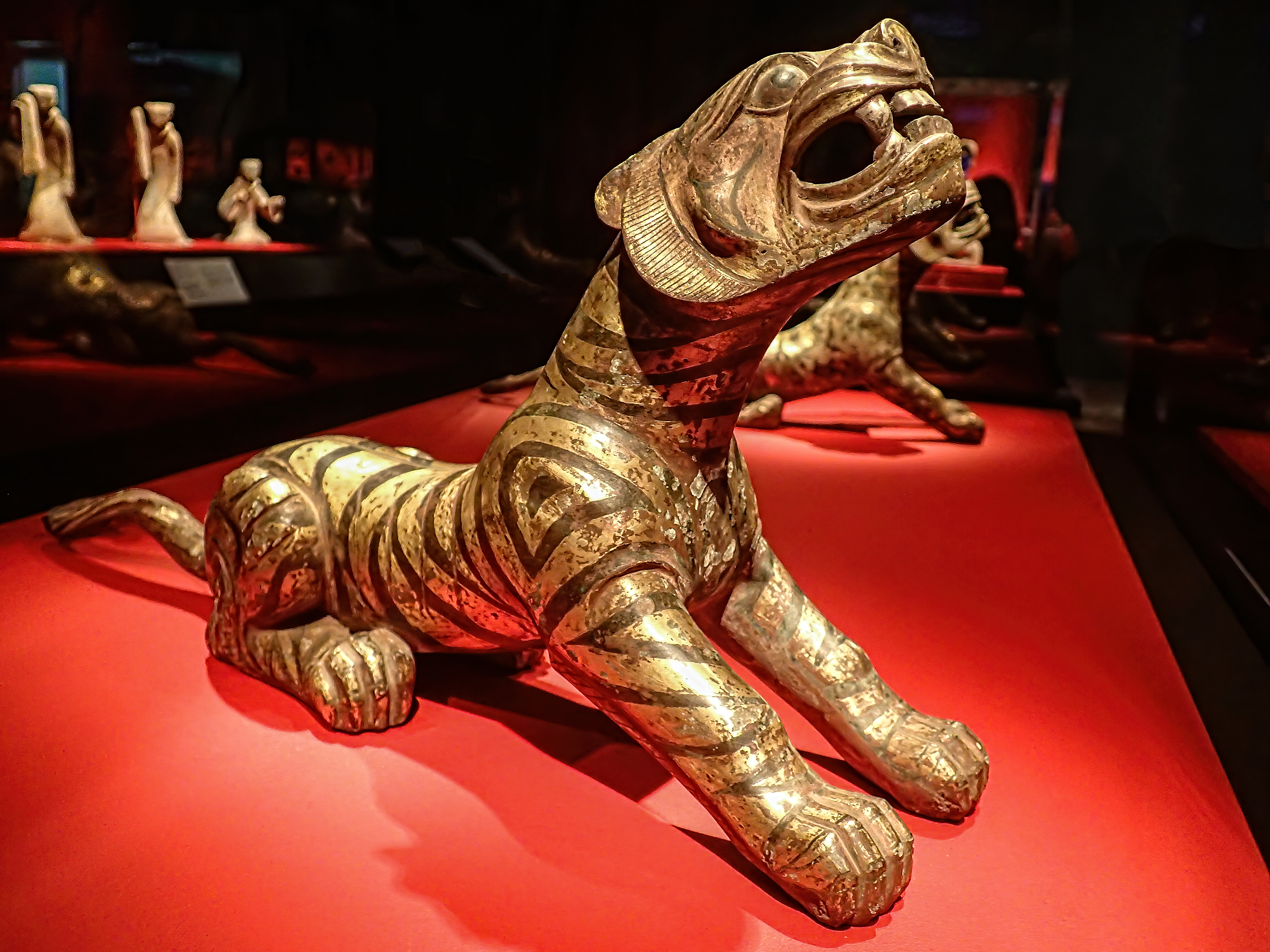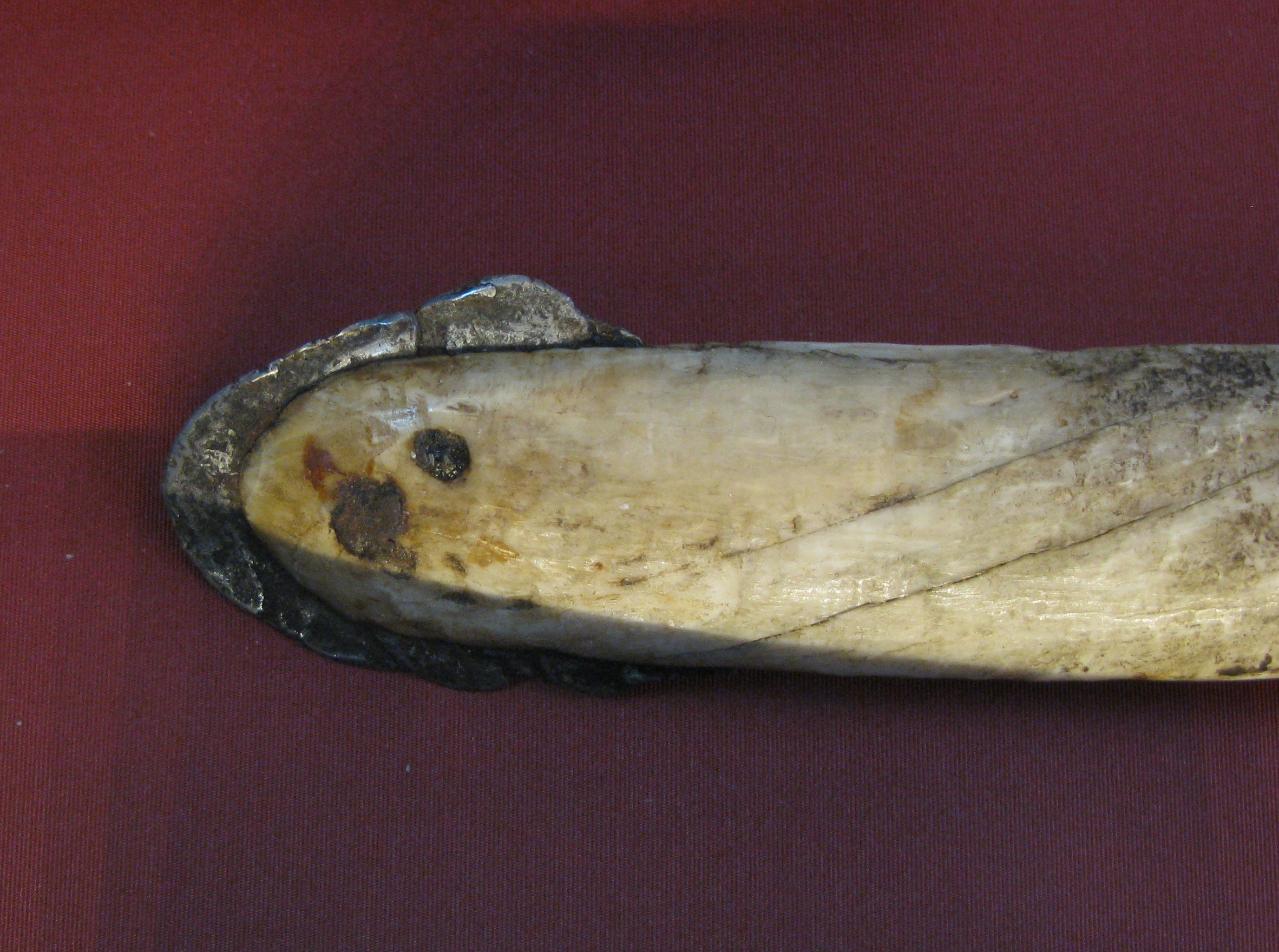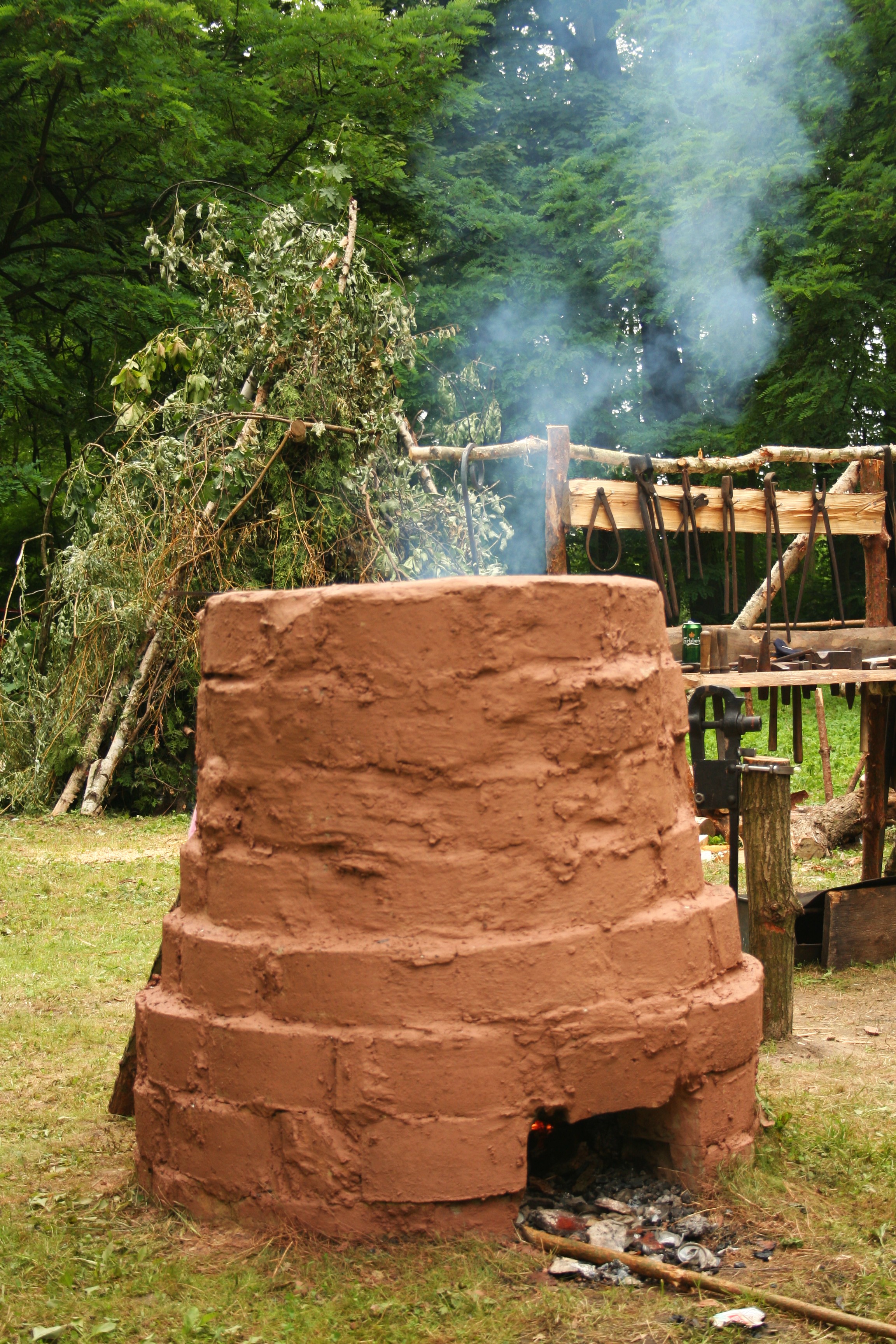|
Qijia Culture
The Qijia culture (2200 BC – 1600 BC) was an early Bronze Age culture distributed around the upper Yellow River region of Gansu (centered in Lanzhou) and eastern Qinghai, China. It is regarded as one of the earliest bronze cultures in China. The Qijia Culture is named after the Qijiaping Site (齐家坪) in Gansu Province. Prior to Qijia culture, in the same area there existed Majiayao culture that was also familiar with metalwork. At the end of the third millennium B.C., Qijia culture succeeded Majiayao culture at sites in three main geographic zones: Eastern Gansu, Middle Gansu, and Western Gansu/Eastern Qinghai. Research Johan Gunnar Andersson discovered the initial site at ''Qijiaping'' () in 1923. Qijia culture was a sedentary culture, based on agriculture, and breeding pigs, which were also used in sacrifices. Qijia culture is distinguished by a presence of numerous domesticated horses, and practice of oracle divination, the metal knives and axes recovered apparently p ... [...More Info...] [...Related Items...] OR: [Wikipedia] [Google] [Baidu] |
Yellow River
The Yellow River or Huang He (Chinese: , Standard Beijing Mandarin, Mandarin: ''Huáng hé'' ) is the second-longest river in China, after the Yangtze River, and the List of rivers by length, sixth-longest river system in the world at the estimated length of . Originating in the Bayan Har Mountains in Qinghai province of Western China, it flows through nine provinces, and it empties into the Bohai Sea near the city of Dongying in Shandong province. The Yellow River basin has an east–west extent of about and a north–south extent of about . Its total drainage area is about . The Yellow River's basin was the Yellow River civilization, birthplace of ancient Chinese, and, by extension, Far East, Far Eastern civilization, and it was the most prosperous region in early Chinese history. There are frequent devastating natural disasters in China, floods and course changes produced by the continual elevation of the river bed, sometimes above the level of its surrounding farm fi ... [...More Info...] [...Related Items...] OR: [Wikipedia] [Google] [Baidu] |
Longshan Culture
The Longshan (or Lung-shan) culture, also sometimes referred to as the Black Pottery Culture, was a late Neolithic culture in the middle and lower Yellow River valley areas of northern China from about 3000 to 1900 BC. The first archaeological find of this culture took place at the Chengziya Archaeological Site in 1928, with the first excavations in 1930 and 1931. The culture is named after the nearby modern town of Longshan (lit. "Dragon Mountain") in Zhangqiu, Shandong. The culture was noted for its highly polished black pottery (or egg-shell pottery). The population expanded dramatically during the 3rd millennium BC, with many settlements having rammed earth walls. It decreased in most areas around 2000 BC until the central area evolved into the Bronze Age Erlitou culture. The Longshan culture has been linked to the early Sinitic (of the Sino-Tibetan languages). According to the area and cultural type, the Longshan culture can be divided into two types: Shandong Longshan ... [...More Info...] [...Related Items...] OR: [Wikipedia] [Google] [Baidu] |
Archaeological Cultures Of China
Archaeology or archeology is the scientific study of human activity through the recovery and analysis of material culture. The archaeological record consists of Artifact (archaeology), artifacts, architecture, biofact (archaeology), biofacts or ecofacts, archaeological site, sites, and cultural landscapes. Archaeology can be considered both a social science and a branch of the humanities. It is usually considered an independent academic discipline, but may also be classified as part of anthropology (in North America – the four-field approach), history or geography. Archaeologists study human prehistory and history, from the development of the first stone tools at Lomekwi in East Africa 3.3 million years ago up until recent decades. Archaeology is distinct from palaeontology, which is the study of fossil remains. Archaeology is particularly important for learning about prehistoric societies, for which, by definition, there are no written records. Prehistory includes ove ... [...More Info...] [...Related Items...] OR: [Wikipedia] [Google] [Baidu] |
Kwang-chih Chang
Kwang-chih Chang (15 April, 1931 – January 3, 2001), commonly known as K. C. Chang, was a Chinese / Taiwanese-American archaeologist and sinologist. He was the John E. Hudson Professor of archaeology at Harvard University, Vice-President of the Academia Sinica, and a curator at the Peabody Museum of Archaeology and Ethnology. He helped to bring modern, western methods of archaeology to the study of ancient Chinese history. He also introduced new discoveries in Chinese archaeology to western audiences by translating works from Chinese to English. He pioneered the study of Taiwanese archaeology, encouraged multi-disciplinal anthropological archaeological research, and urged archaeologists to conceive of East Asian prehistory (China, Korea, and Japan) as a pluralistic whole. Early life Chang's paternal grandfather was a farmer in Taiwan. His father, Chang Wo-chün ( 張我軍), moved to Beijing in 1921 to pursue his education, where he met and married Chang's mother. His father la ... [...More Info...] [...Related Items...] OR: [Wikipedia] [Google] [Baidu] |
Xishanping
Xishanping is an archaeological site in Gansu, China, located west of Tianshui. The site was occupied continuously from the Neolithic through the Bronze Age. The site is situated about above the riverbed on the southern bank of the Xi River, a tributary of the Wei River. The site was discovered by Pei Wenzhong in 1947. Stratigraphy *Xishanping I: the earliest layer, this layer corresponds to the Dadiwan culture. The bones from a large variety of animals (red deer, musk deer, Asiatic black bear, bamboo rat, rat, chicken, dog, pig) were discovered in this layer. *Xishangping II: this layer corresponds to the Lower Beishouling culture. Only a few animal bones were found in this layer, coming from red deer, cattle and pigs. *Xishangping III (5250–4300 BP): this period corresponds to the Majiayao culture. The greatest changes at Xishanping occurred during this time. Evidence for intensive agriculture can be found in this layer, starting from around 5,100 BP. Horse, chicken, dog and ... [...More Info...] [...Related Items...] OR: [Wikipedia] [Google] [Baidu] |
Yangshao Culture
The Yangshao culture (仰韶文化, pinyin: Yǎngsháo wénhuà) was a Neolithic culture that existed extensively along the middle reaches of the Yellow River in China from around 5000 BC to 3000 BC. The culture is named after the Yangshao site, the first excavated site of this culture, which was discovered in 1921 in Yangshao town, Mianchi County, Sanmenxia, western Henan Province by the Swedish geologist Johan Gunnar Andersson (1874–1960). The culture flourished mainly in the provinces of Henan, Shaanxi and Shanxi. Recent research indicates a common origin of the Sino-Tibetan languages with the Cishan, Yangshao and/or the Majiayao cultures. Economy Subsistence The main food of the Yangshao people was millet, with some sites using foxtail millet and others proso millet, though some evidence of rice has been found. The exact nature of Yangshao agriculture, small-scale slash-and-burn cultivation versus intensive agriculture in permanent fields, is currently a matte ... [...More Info...] [...Related Items...] OR: [Wikipedia] [Google] [Baidu] |
Dadiwan Culture
The Dadiwan culture (c. 7900–7200 BP) was a Neolithic culture located primarily in the eastern portion of Gansu and Shaanxi provinces in modern China. The culture takes its name from the deepest cultural layer found during the original excavation of the type site at Dadiwan. The remains of millet, pigs and dogs have been found in sites associated with the culture, which is itself defined by a thin-walled, cord-marked ceramic tradition sometimes referred to as Laoguantai. The Dadiwan culture shares a variety of common features, in pottery, architecture, and economy, with the Cishan and Peiligang cultures to the east. The Dadiwan type site in Qin'an County, Gansu sits atop a fan toe produced by a gully that drains into the Qingshui River valley, itself a tributary of the Wei River. The site was originally excavated from 1975 to 1984, and again in 2004, 2006, and 2009. The most recent excavations reveal that humans had occupied the location sporadically for at least the last 60, ... [...More Info...] [...Related Items...] OR: [Wikipedia] [Google] [Baidu] |
History Of Metallurgy In China
Metallurgy in China has a long history, with the earliest metal objects in China dating back to around 3,000 BCE. The majority of early metal items found in China come from the North-Western Region (mainly Gansu and Qinghai, 青海). China was the earliest civilization to use the blast furnace and produce cast iron. Copper Archaeological evidence indicates that the earliest metal objects in China were made in the late fourth millennium BCE. Copper was generally the earliest metal to be used by humanity, and was used in China since at least 3000 BCE. Early metal-using communities have been found at the Qijia and Siba sites in Gansu, with similar sites in Xinjiang in the west and Shandong, Liaoning and Inner Mongolia in the east and north. The Central Plain sites associated with the Erlitou culture also contain early metalworks.Katheryn M. Linduff, Jianjun Mei (2008)''Metallurgy in Ancient Eastern Asia: How is it Studied? Where is the Field Headed?'' (PDF)The British Museum Co ... [...More Info...] [...Related Items...] OR: [Wikipedia] [Google] [Baidu] |
Kayue Culture
Kayue culture () was a Bronze Age culture in Northwest China in the area of the upper reaches of the Yellow River and its tributary Huang Shui (Tib. ''Tsong Chu''). It was discovered in 1923 in the villages Kayue () and Xiaxihe () of Yunguchuan Huangzhong in China's Qinghai Province and is named after the village of Kayue. The former name of the Kayue culture was Kayao culture (), it was previously assigned to the Siwa culture. It is dated to the period of approximately 900 to 600 BCE. Geography The Kayue culture was mainly distributed in the territory of the contemporary Minhe, Ledu, Ping'an, Xining, Huzhu, Datong, Haiyan, Gangca (''Gangcha''), Tongren and Huangzhong counties, where more than 200 sites and over 1,000 graves were found. Among them was the Bronze Age necropolis Suzhi (Suzhi mudi 苏志墓地) in Xunhua Salar Autonomous County. Context Kayue culture is believed to have developed from the western part of the Qijia culture. Among the cultural relics disco ... [...More Info...] [...Related Items...] OR: [Wikipedia] [Google] [Baidu] |
Siwa Culture
The Siwa culture () was a Bronze Age culture in southeast Gansu Province, China. It was discovered by Swedish geologist Johan Gunnar Andersson in 1924 at Mount Siwa () in Lintao County, hence its name. It flourished circa 14th to 11th century BC, it is tentatively attributed to the cultures of the Northern Di, Qiang, and Xunyu peoples. The archaeological culture is divided into two phases: the early phase associated with the sites at Lintao, Zhuoni, Lintan, and Heshui; and, the final phase during the late Shang and proto-Zhou periods associated with the Jiuzhan, Xujianian, and Lanquiao sites. Siwa culture is known for producing a type of pottery that had saddle-shaped mouths. Context The neighbouring Xindian culture was roughly contemporary with the Siwa culture, and was influenced by it. Some scholars hold that Siwa culture descended from the Qijia culture. There are also those who believe that the culture was a remnant of Xunyu, which is associated with the Xianyun people. H ... [...More Info...] [...Related Items...] OR: [Wikipedia] [Google] [Baidu] |
Meteoritic Iron
Meteoric iron, sometimes meteoritic iron, is a native metal and Primitive rock, early-universe protoplanetary-disk remnant found in meteorites and made from the elements iron and nickel, mainly in the form of the mineral phases kamacite and taenite. Meteoric iron makes up the bulk of iron meteorites but is also found in other meteorites. Apart from minor amounts of telluric iron, meteoric iron is the only naturally occurring native metal of the element iron (in metallic form rather than in an ore) on the Earth's surface. Mineralogy The bulk of meteoric iron consists of taenite and kamacite. Taenite is a face-centered cubic and kamacite a body-centered cubic iron-nickel alloy. Meteoric iron can be distinguished from telluric iron by its microstructure and perhaps by its chemical composition also, since meteoritic iron contains more nickel and less carbon. Trace amounts of gallium and germanium in meteoric iron can be used to distinguish different meteorite types. The meteoric iron ... [...More Info...] [...Related Items...] OR: [Wikipedia] [Google] [Baidu] |
Bloomery
A bloomery is a type of metallurgical furnace once used widely for smelting iron from its oxides. The bloomery was the earliest form of smelter capable of smelting iron. Bloomeries produce a porous mass of iron and slag called a ''bloom''. The mix of slag and iron in the bloom, termed ''sponge iron'', is usually consolidated and further forged into wrought iron. Blast furnaces, which produce pig iron, have largely superseded bloomeries. Process A bloomery consists of a pit or chimney with heat-resistant walls made of earth, clay, or stone. Near the bottom, one or more pipes (made of clay or metal) enter through the side walls. These pipes, called ''tuyeres'', allow air to enter the furnace, either by natural draught or forced with bellows or a trompe. An opening at the bottom of the bloomery may be used to remove the bloom, or the bloomery can be tipped over and the bloom removed from the top. The first step taken before the bloomery can be used is the preparat ... [...More Info...] [...Related Items...] OR: [Wikipedia] [Google] [Baidu] |


.jpg)




